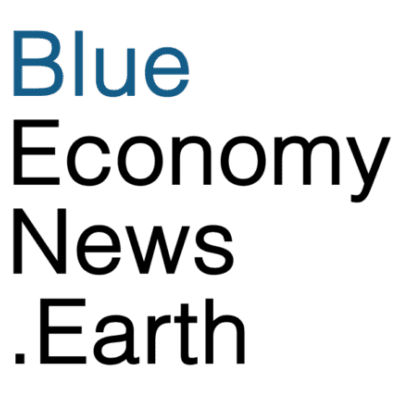Recent research findings suggest that Large-Scale Marine Protected Areas (LSMPAs) could increase catch rates for fish such as tuna and that areas that practice conservation reap the most benefit. The research, published in Science on December 12, shows that LSPMAs are large enough to protect highly migratory species such as tuna, especially bigeye tuna.
“In 2004, there was only one Large-Scale MPA in the world, the Galápagos Marine Reserve in Ecuador,” said lead author John Lynham, a professor in the Department of Economics at UH Mānoa’s College of Social Sciences. “Today there are more than 20, including Papahānaumokuākea in the Northwest Hawaiian Islands. Most of these protected areas are in waters where tuna fisheries operate. This means that we can now test, for the first time, the impact of these marine protected areas, especially on tuna species like ʻahi and skipjack, which support a global industry worth over $40 billion.”
MPAs are intended to protect biodiversity and fishing stocks, create areas where important carbon sinks such as seagrass and mangroves can thrive, and offer a place where ecosystems can replenish without impacts from industries such as drilling or overfishing. They are essential to local food security and resilience against climate change. But more stringent requirements are needed as roughly 97% of the world’s 20,000 MPAs struggle to meet minimum management standards for protection. Showing a link between MPAs and increased stocks of valuable fish could inspire more abundant and diligently protected MPAs.
Lynham and report co-author Juan Carlos Villaseñor-Derbez, a professor at the University of Miami’s Rosenstiel School of Marine, Atmospheric, and Earth Science, reviewed data from nine LSMPAs across the Pacific and Indian oceans. They measured the spillover benefit, meaning the increase in available fish resulting from providing a protected area where fish can live and breed. In their analysis the spillover benefit resulted in a 12% to 18% increase in catch-per-unit-of-fishing-effort in the waters near protected areas.
“We found that the spillover benefits, measured as the change in catch rates, are strongest just outside the boundaries of these MPAs and get stronger over time,” said Villaseñor-Derbez. “The effects were strongest for the MPAs that were heavily fished prior to protection and are now well-enforced.”
Researchers found that nations that engage in conservation are also reaping the majority of the economic benefits. For example, close to 100% of the spillover benefits from the Revillagigedo protected area in Mexican waters flow to Mexican fishing vessels.
“While protected areas in Hawaiʻi were not the main focus of this paper, our research also reveals that the Papahānaumokuākea Marine National Monument, the world’s largest no-fishing zone, has caused a 10% increase in bigeye tuna (ʻahi) catch rates near the monument, in line with a recent finding of a 13% increase by researchers from the University of Washington and the Western Pacific Regional Fisheries Management Council,” said Lynham.
“A unique aspect of this research is that we built a global database on tuna catch using only publicly available data,” said Villaseñor-Derbez. “Anyone in the world can download the same dataset we used and replicate our analysis. That hasn’t been possible with previous studies on large-scale MPA impacts.”
The research was funded by the National Science Foundation.

